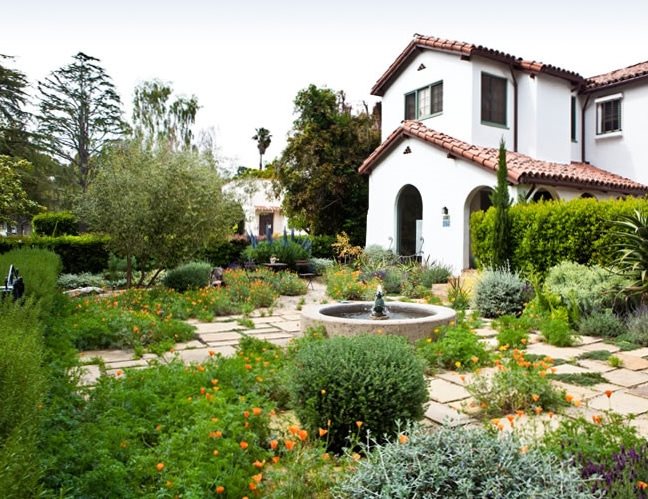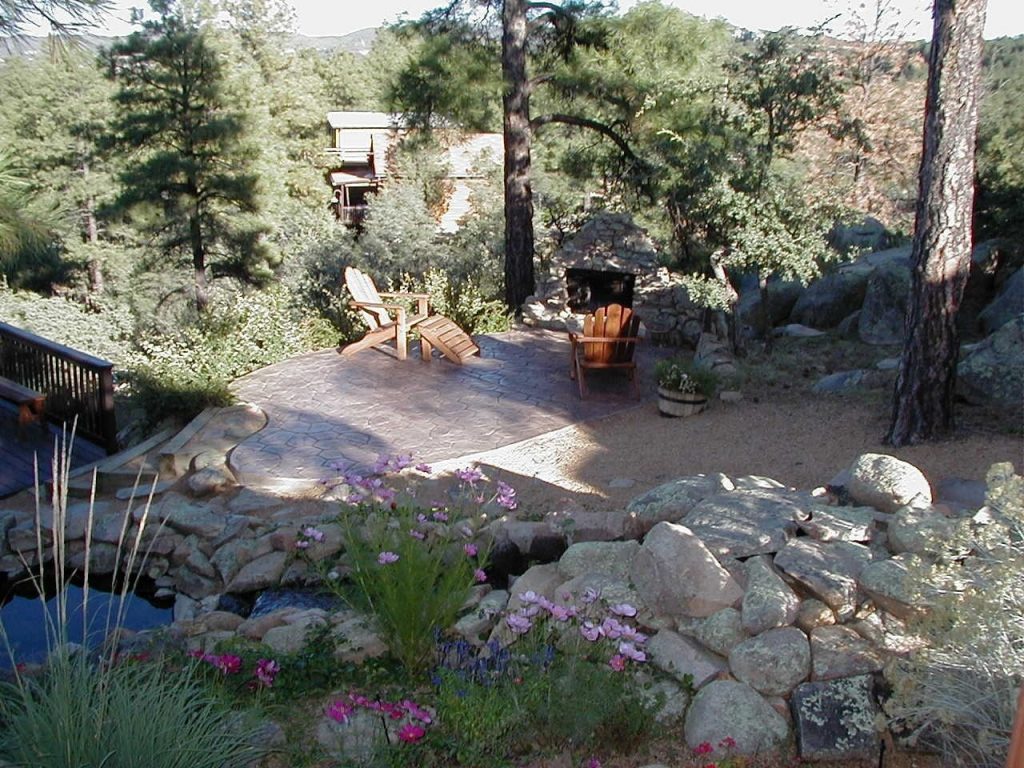7 Simple Techniques For Hilton Head Landscapes
7 Simple Techniques For Hilton Head Landscapes
Blog Article
The Single Strategy To Use For Hilton Head Landscapes
Table of ContentsUnknown Facts About Hilton Head LandscapesWhat Does Hilton Head Landscapes Mean?The Best Strategy To Use For Hilton Head LandscapesHilton Head Landscapes Fundamentals Explained4 Simple Techniques For Hilton Head LandscapesOur Hilton Head Landscapes StatementsThe 5-Minute Rule for Hilton Head LandscapesRumored Buzz on Hilton Head Landscapes
Form compatibility is likewise a major element of unity in designone or two strikingly different forms are excellent for comparison and emphasis, but typically all other forms need to have some similarities for a merged look. Texture describes how rugged or fine the surface area of the plant or hardscape material feels and/or looks.
Examples of plants with crude texture consist of philodendrons, agaves, bromeliads, hollies, hands, and hydrangeas. Features that produce great structure include little foliage; slim, strappy leaves (turfs) or high, slim stems; tiny, dense twigs and tiny branches; long stems (creeping plants); and small, fragile blossoms.
Not known Details About Hilton Head Landscapes
Most plants are medium appearance, in that they can not be explained as having either crude or great appearance. They are defined by medium-sized fallen leaves with straightforward shapes and smooth edges. The average-sized branches are not densely spaced neither widely spaced, and the general type is normally rounded or mounding. Medium-textured plants function as a history to link and link the rugged- and fine-textured plants.

To make a room feel smaller, place the crude structures along the outer boundary and the great textures closest to the viewer. The detail of the coarse texture makes the plants show up closer and makes the space feel smaller. The perceived structure of plants can likewise change with the distance from the plant.
The Hilton Head Landscapes Ideas
Vibrant colors raise the contrast and make the appearance appear coarser, while soft shades can flatten appearance. Hardscape with a coarse texturesuch as very harsh rocks and strong, huge timberstends to make all plant product show up much more average distinctive. Developers typically establish a structure research study (Number 8) theoretically to assist decide the plan of plant materials.
Color in plant product and hardscape includes rate of interest and range to the landscape. Shade is the most obvious element in the landscape and is normally the emphasis of a lot of house owners; nevertheless, it is additionally the most short-lived element, typically lasting only a few weeks a year for private plants.
The Ultimate Guide To Hilton Head Landscapes
A basic description of the color wheel includes the 3 main shades of red, blue, and yellow; the three second colors (a mix of two primaries) of environment-friendly, orange, and violet; and 6 tertiary colors (a mix of one adjacent primary and second shade), such as red-orange. Color theory discusses the connection of shades to every various other and how they must be utilized in a structure.

Similar (often called unified) color design are any type of 3 to five shades that are nearby on the color wheel, such as red, red-orange, orange, yellow-orange, and yellow, or blue, blue-violet, and violet (landscape design hilton head). The colors relate per other since they usually include two key colors blended to develop a secondary and 2 tertiary colors, which indicates they share typical buildings
Corresponding colors are usually located normally in blossoms; a typical set is yellow and violet. Color is located in the flowers, vegetation, bark, and fruit of plants.
Some Known Questions About Hilton Head Landscapes.
Environment-friendly vegetation in all its different tones is the dominant color by quantity, but various other colors catch attention quicker because of their high comparison to the color green. Color is also discovered in buildings, rocks, pavers, wood, and furnishings. Most colors in natural materials, such as stone and timber, are generally muted and tend to be variations of brownish, tan, and pale yellow.
Colors have buildings that can influence feelings, spatial perception, light top quality, equilibrium, and focus. Cool colors tend to be calming and need to be used in locations for relaxation and peacefulness.
The 8-Minute Rule for Hilton Head Landscapes
The "temperature level" of shades can also impact the perception of distance. Trendy shades often tend to decline and are perceived as being farther away, making a space really feel bigger. Warm shades have a tendency to breakthrough and are perceived as being more detailed, making a room really feel smaller. Shade can also be utilized to record attention and direct sights.
As an example, bright yellow, which has the highest possible intensity, additionally has a high contrast with all why not find out more other colors (often defined as a "pop" of shade) and should be used sparingly. A little quantity of extreme color has as much visual weight as a large amount of a more suppressed or weaker color.
Analogous (in some cases called unified) color pattern are any kind of three to five colors that are adjacent on the shade wheel, such as red, red-orange, orange, yellow-orange, and yellow, or blue, blue-violet, and violet. The colors are relevant to every other because they normally consist of 2 main shades blended to develop a secondary and 2 tertiary shades, which suggests they share typical buildings.
More About Hilton Head Landscapes
Corresponding colors are typically discovered naturally in flowers; an usual pair is yellow and violet. Color is located in the flowers, vegetation, bark, and fruit of plants.
Green foliage in all its numerous tones is the dominant shade by quantity, but various other shades record interest extra conveniently as a result of their high contrast to the color environment-friendly - landscapers in bluffton sc - https://qualtricsxm5z596vv95.qualtrics.com/jfe/form/SV_eEczR6xKXKuv6mi. Color is additionally discovered in buildings, rocks, pavers, timber, and furnishings. Many shades in all-natural materials, such as stone and timber, are generally muted and tend to be variants of brown, tan, and pale yellow
A Biased View of Hilton Head Landscapes
Colors have homes that can influence feelings, spatial understanding, light high quality, balance, and emphasis. Great colors tend to be calming and should be utilized in areas for relaxation and tranquility.
The "temperature level" of colors can also influence the understanding of range. Trendy colors have a tendency to decline and are regarded as being further away, making a room really feel larger. Cozy shades often tend to advancement and are perceived as being better, making a room really feel smaller sized. Color can also be used to capture focus and direct sights.
For example, intense yellow, which has the greatest intensity, additionally has a high comparison with all various other colors (typically explained as a "pop" of color) and must be conserved. A percentage of extreme shade has as much visual weight as a huge amount of an extra restrained or weak shade.
Report this page